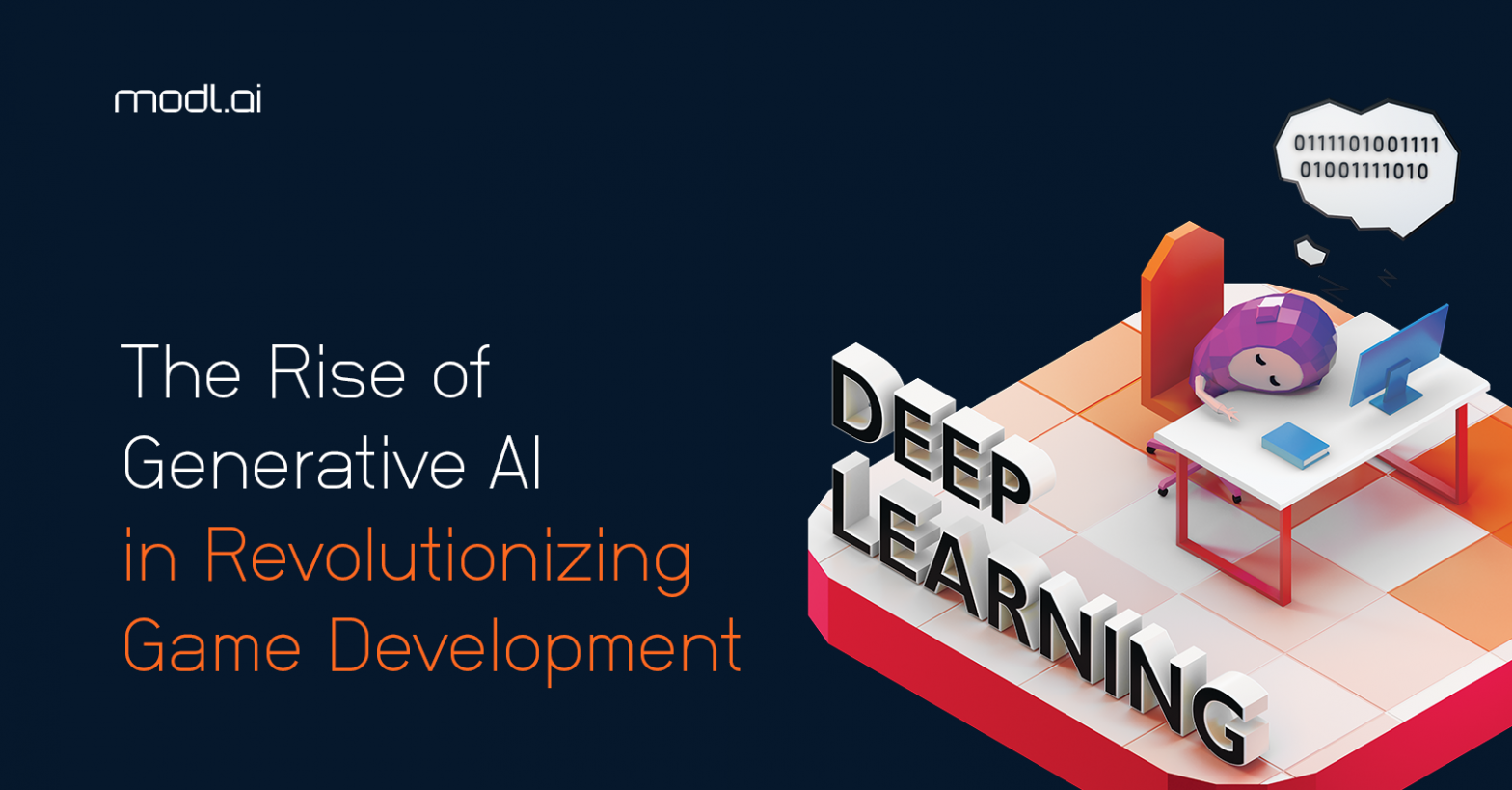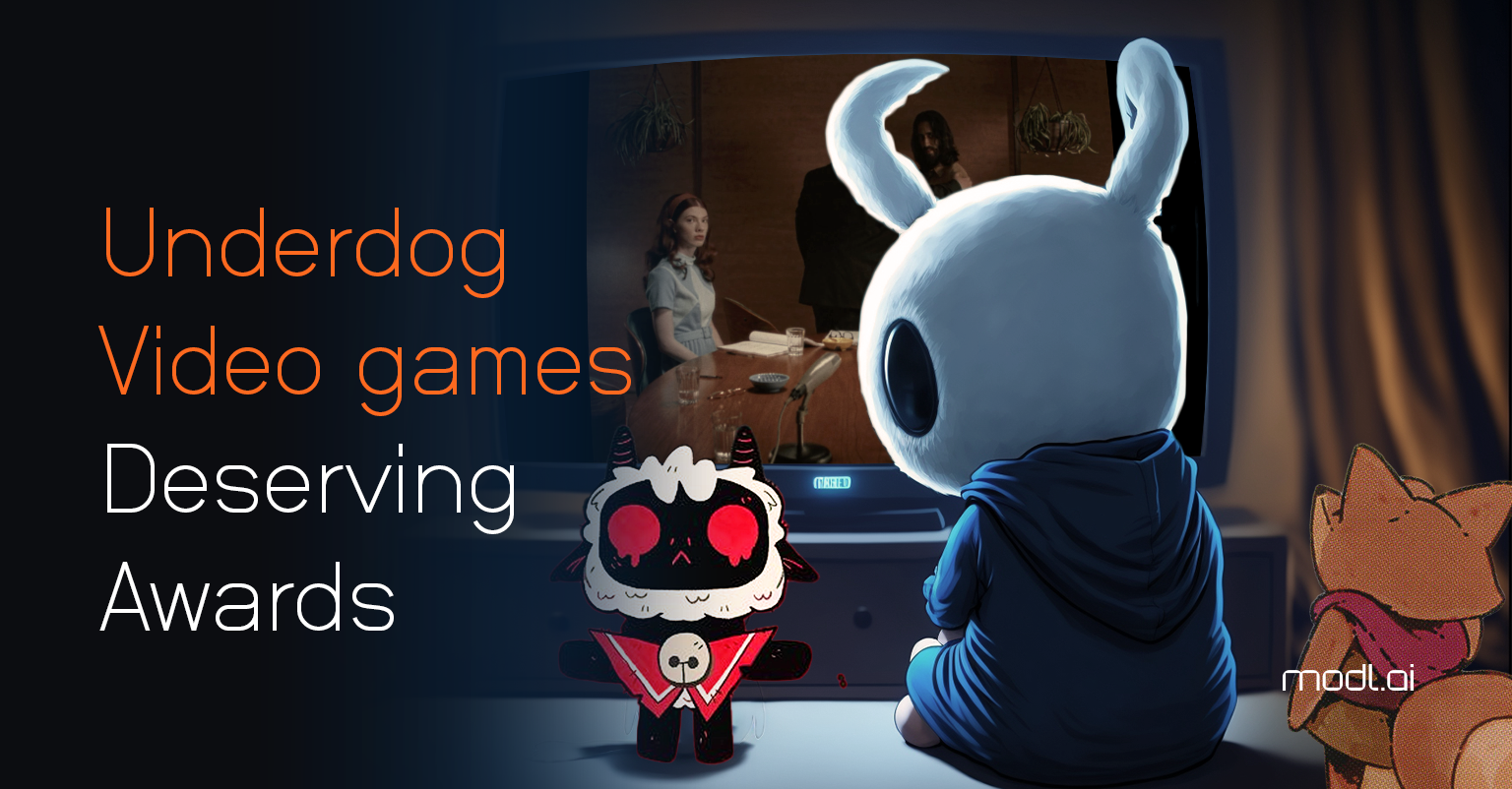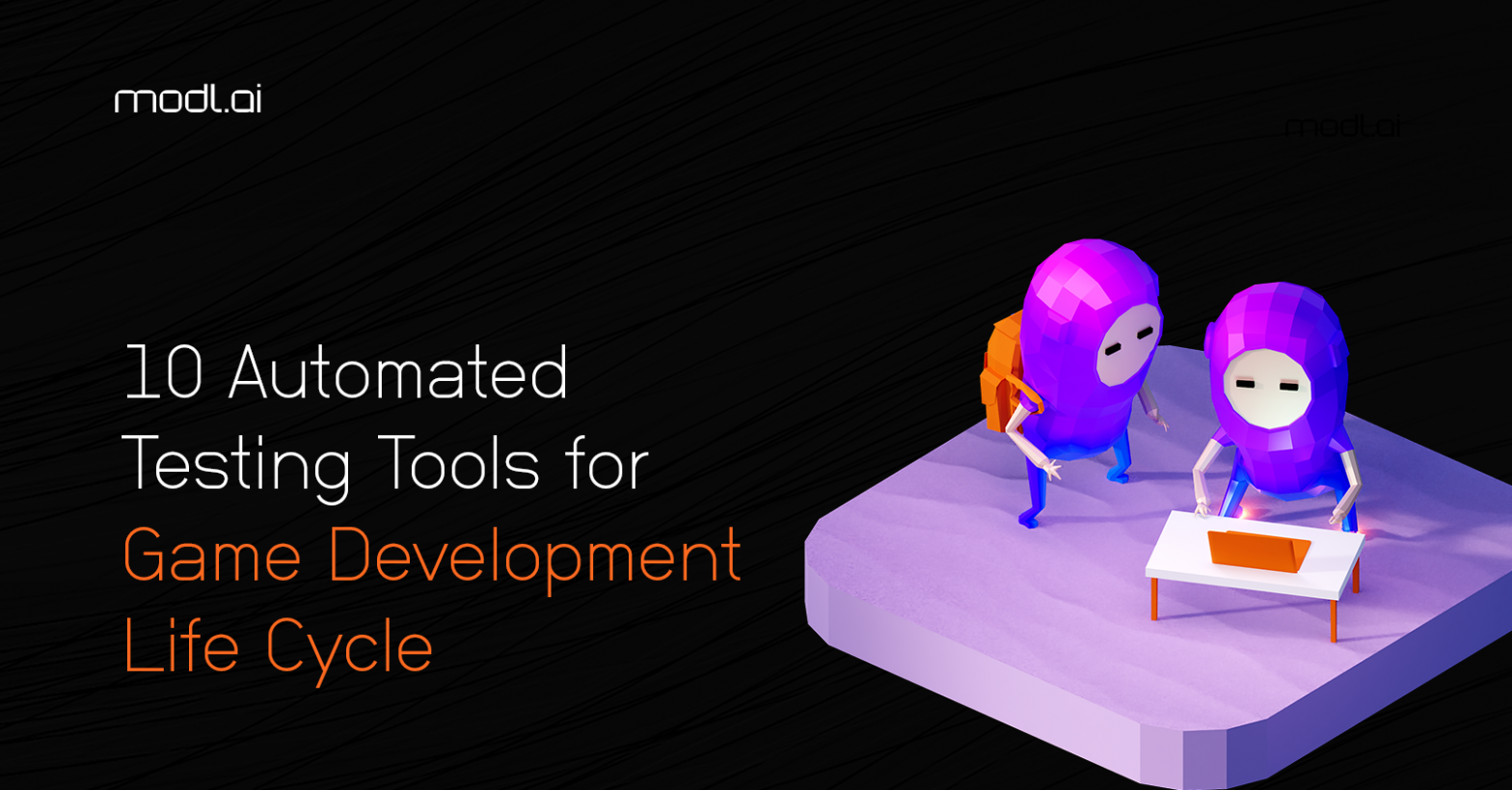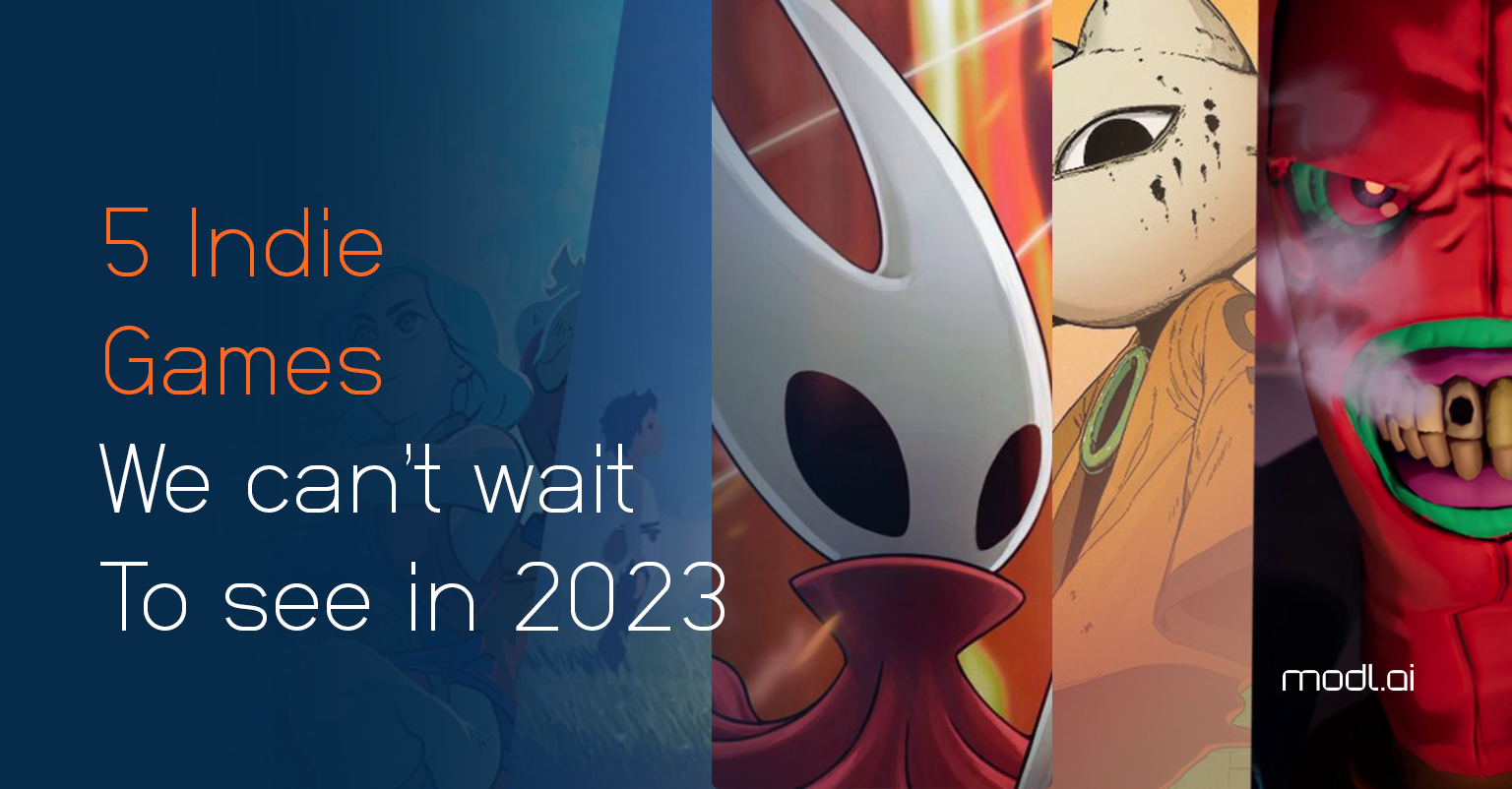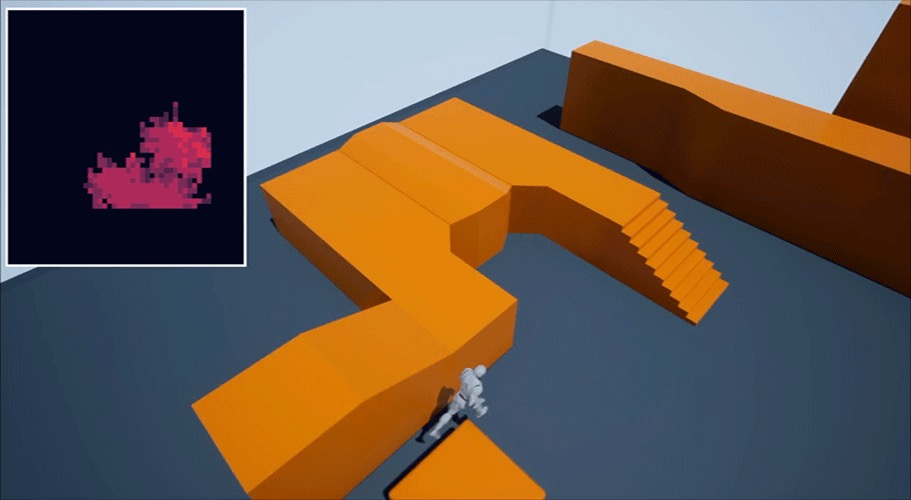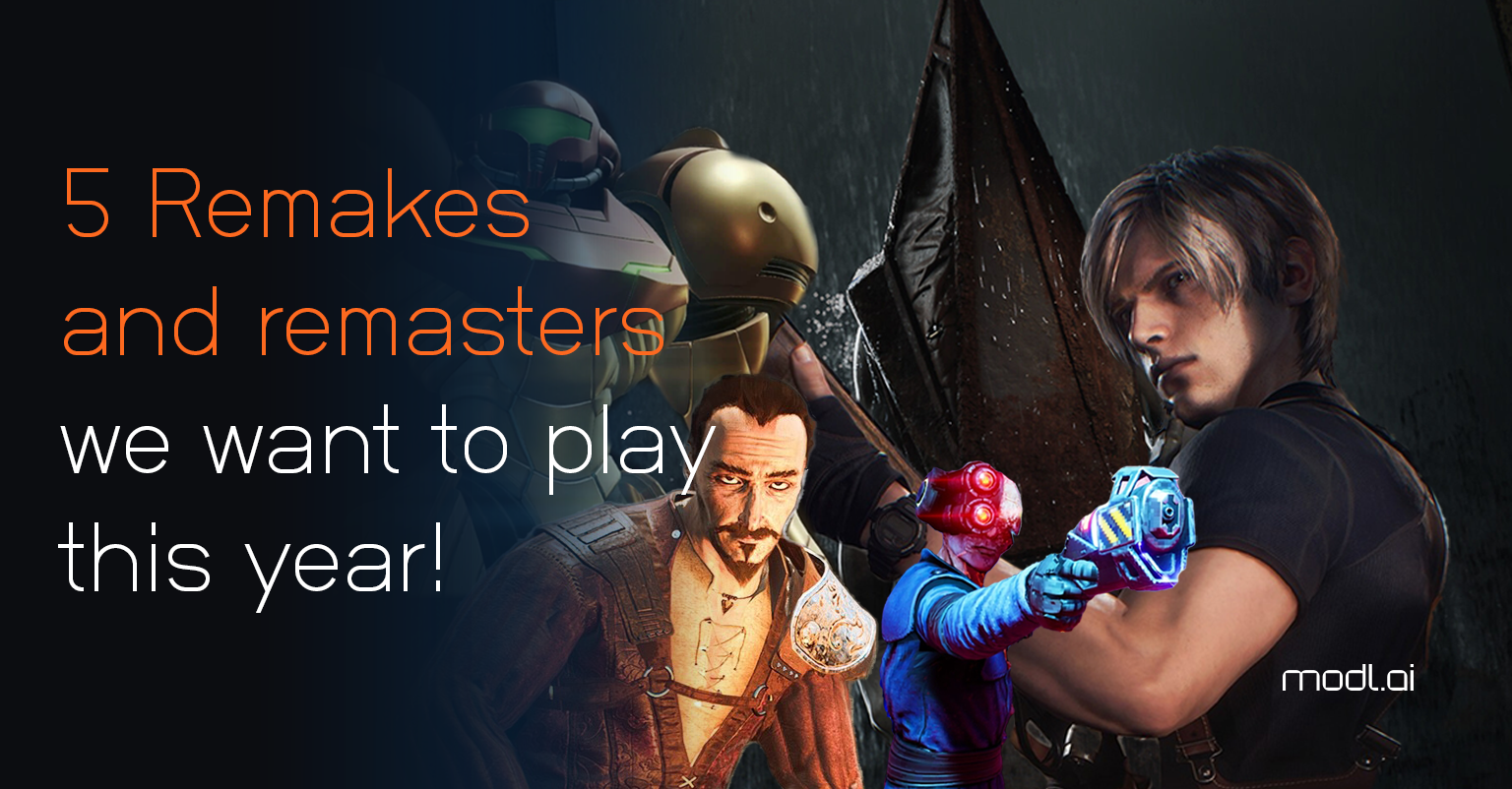One of the most exciting and controversial technological developments in recent years has been the rise of generative AI in game development. This powerful technology has the potential to revolutionize various aspects of game creation, from coding to graphics and beyond. In this article, we’ll explore the impact of generative AI on game development, the challenges it presents, and how developers can leverage automation tools to navigate this new frontier.
AI-Driven Procedural Content Generation
Generative AI has opened new possibilities for procedural content generation (PCG) in game development. Although generative AI methods are currently better at generating text and still 2D images, they are getting closer to generating realistic environments, 3D models, landscapes, new quests and levels, stunning visual effects and more. While the buzz often centers around Large Language Models (LLMs), it is important to recognize that not all generative AI solutions are powered by LLMs. Modern PCG employs a variety of AI techniques, including but not limited to deep neural networks and other types of machine learning. These techniques allow for the creation of unique and diverse content, which can be used in games, art, music, and more. PCG methods built on LLMs relies primarily on processing large amounts of text data to generate new and unique content. That said, however, it’s important to note that these systems are still very, very young and are not replacements for human creativity and ingenuity. While it can certainly enhance and assist in the creative process, ultimately it is still humans who make the final decisions and bring the content to life. AI-driven PCG should be seen as a tool rather than a replacement for human creators.
Automating Repetitive Programming Tasks
In addition to graphics and content generation, generative AI is being used to automate repetitive programming tasks. Code generation tools powered by AI are accelerating development by taking care of mundane and time-consuming coding tasks. For example, some predictive code generation tools can suggest entire lines or blocks of code and others provide automatic bug detection and fixing, which not only identify potential bugs but also suggest appropriate fixes, significantly expediting the coding process. This allows developers to focus on more creative and complex aspects of game design, ultimately leading to more innovative and immersive gameplay experiences. However, it seems that such tools are more useful the more well-trodden the particular coding path is. In other words, they work well for the kind of programming problems that many programmers have faced before and posted on the internet about. The more unique the task is, the less useful the LLM-driven code generation tool is likely to be.
Quality Assurance Automation in the Age of AI
While generative AI brings immense potential, it also introduces new challenges and opportunities for quality assurance (QA). With a vast amount of AI-generated content and code, traditional QA methods simply do not cut it anymore. The output of a generative AI method may be uninspiring or generic, or even broken and unplayable. From small Match-3 puzzle games to enormous MMO games, automating some of the key aspects of QA has become essential to thoroughly test all possible scenarios and validate AI outputs as code and content are modified. Automating gameplay testing takes on increased importance in two main areas of functional testing. First, is on the QA side, where they test for “does it work.” The second is from the game design side. They are testing for play/balance. In other words, “how does it work?” or “Does it play the way we want it to” to ensure fun and balanced player experiences.
Building Trust through Transparency and Oversight
For generative AI to add true value and not infringe on others’ intellectual property, developers must have confidence in not only the source material and IP rights but also the direct outputs generative AI produces. There are many outstanding questions around the possibility of protecting IP, such as images or back-stories, that are generated wholly or mostly by generative AI. Transparency and oversight are crucial in maintaining creative control and ensuring that the AI aligns with the vision of the game. A hybrid model that combines human judgment with assisted automation can optimize outcomes and mitigate risks.
Industry Benchmark: Valve’s New Policy and the Path Forward
Recognizing the importance of transparency, Valve recently introduced new disclosure rules around AI-assisted games. This move sets a benchmark for the industry and highlights the need for collaboration between developers and platform holders to establish standards for transparency and quality. Best practices should be developed to foster cooperation and ensure that AI-assisted games meet both legal requirements and player expectations.
Building for the Future of Generative Games
Looking ahead, the potential of generative AI in game development is vast, but optimization is fundamental. Developers must strive for efficient, player-focused development that maximizes the benefits of generative AI while mitigating potential risks. AI provides an element of creative freedom by generating vast amounts of content that humans may not have thought of on their own. Some of it is good, some of it is terrible, but different perspectives can lead to unique and even innovative designs and storytelling that push the boundaries of traditional methods. By embracing automation tools, fostering transparency, and collaborating with industry stakeholders, developers can build a future where generative AI enhances creativity for a new generation of exceptional gaming experiences.
As the game development landscape continues to evolve, generative AI will play an increasingly significant role. By harnessing the power of AI and implementing effective strategies, developers can unlock new realms of creativity and efficiency to deliver truly groundbreaking games to players worldwide.

